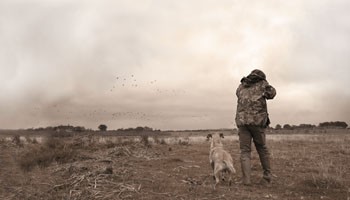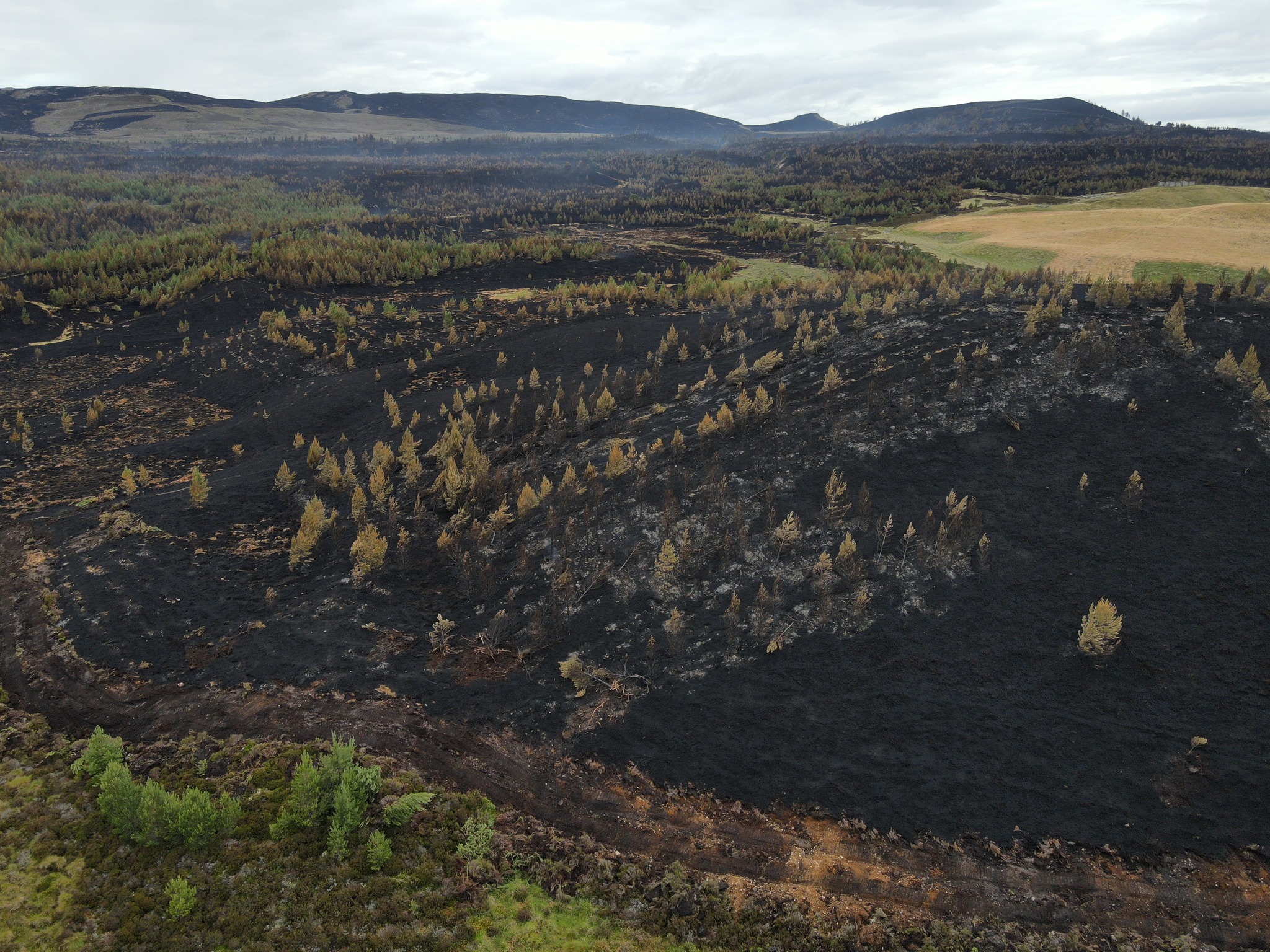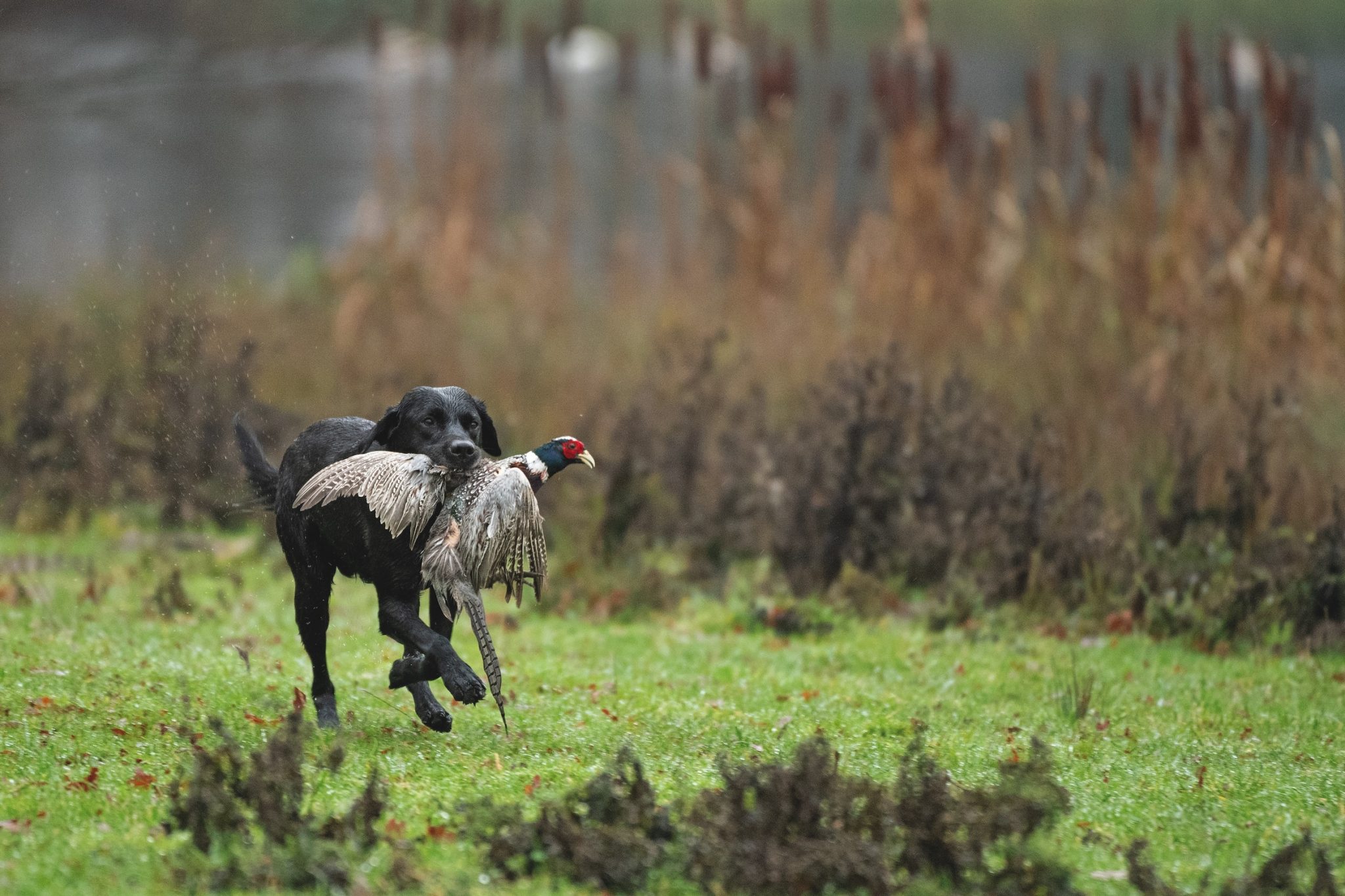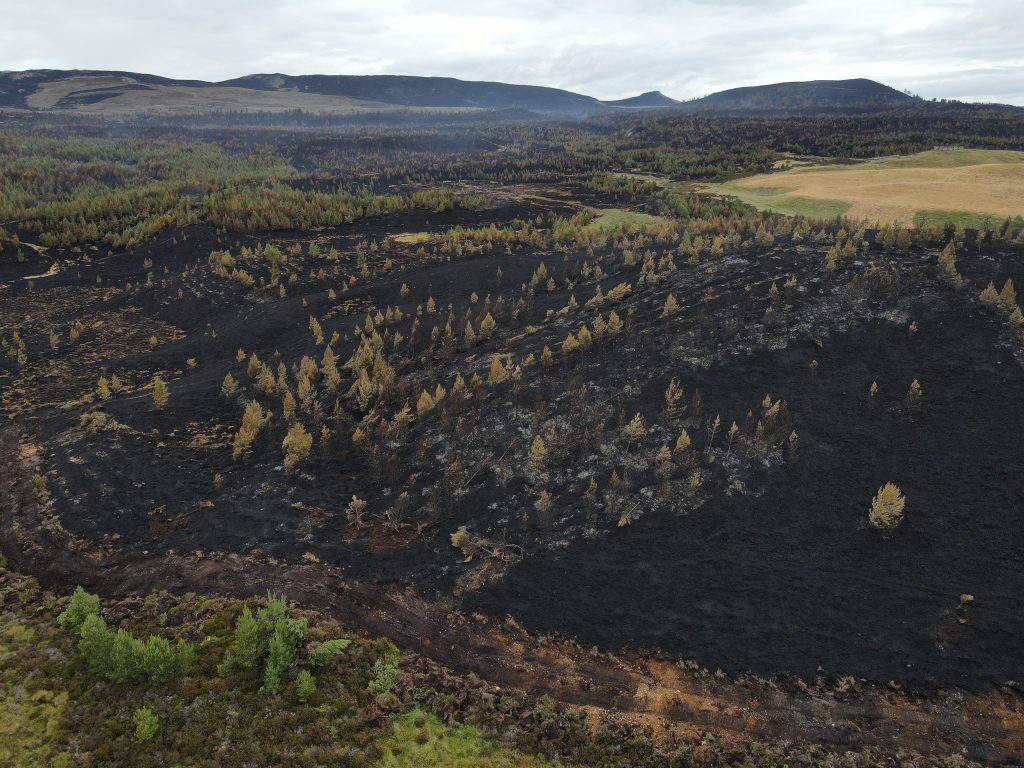- News
- Gundogs
- Shooting
- Recipes
- Gear
-
-
- Industry Jobs
- Get involved
- More
-
-
More
-
-
News
Record wildfire prompts Scottish U-turn on muirburn licensing
By Hollis Butler (Group News Editor)
-
-
Win CENS ProFlex DX5 earplugs worth £1,149 – enter here
Duck days great and small
Brian Martin traces the sport of duck shooting in the early 20th century, from record bags of reared duck to inland fighting in the New Forest

There was a time when some of the great sporting estates thought nothing of shooting many hundreds of both reared and wild duck in one day, sometimes employing special techniques to achieve such bags. Nowadays, even with best practice, this is virtually impossible as so much marshland, where migratory fowl could feed and roost, and resident fowl could multiply at leisure, has been drained away. In any event, the mood is rightly against such massive culling. However, there is still great sport to be had on a modest scale for anyone prepared to help reinstate our many lost ponds and marshes. This will also bring back other wildfowl, complementing the resurgence of interest in roughshooting.
The fashion for reared duck
In the old days only a few of the great shoots had sufficiently extensive natural waters and proximity to the sea to enable them to major in duck, but in most cases the bag was augmented by rearing, chiefly of mallard. It is believed that this was pioneered at Netherby, in Cumberland, in 1890, when Sir Richard Graham put mallard eggs under domestic hens. By the turn of the century, as many as 10,000 duck were reared at Netherby in one season and in 1902 the estate killed an incredible 6,170 duck in only six days; 1,319 on 27 November being Grahams record day bag.
Thereafter, rearing duck became so fashionable that even larger bags were achieved. At Wadhurst, in East Sussex, more than 1,652 hand-reared duck were killed on a single day in 1909, when the guests included the Prince of Wales (later George V). For the season 1909 to 1910, 2,822 duck were shot. However, the day record is probably the 2,573 at Kylemore, in County Galway, on 9 November 1910, by eight Guns. Record bags of entirely wild birds were mercifully much lower. At Wadhurst, it was Julius Drewe, the self-made founder
of the Home and Colonial Stores, who really got things going when he bought the estate in 1898. His underkeepers, Wicken and Everett, reared duck on a very large scale at Doozes Farm and very large bags were made on most Saturdays throughout the season. It was a time of big parties, with lunch in the tea house on the lake, and headkeeper Darkin allotted each Gun a boy to carry his cartridge bag all day.
In 1928, Mr Grant MacLean took over and changed the name from Wadhurst Hall to Wadhurst Park. By then, the days of duck released from bags had been outlawed and the shoot became truly sporting. MacLean became known as the owner of the best combined duck and pheasant shoot in south-east England, his greatest asset being the ¾mile-long, 33-acre artificial Great Lake. After two or three duck days each season, MacLean turned his attention to pheasants, but even on pheasant days the number of duck bagged was considerable thanks to the many duck pits in the pheasant coverts.
Hampshires wild duck
Among the estates to have benefi ted greatly from proximity to the sea is Lord Montagus Beaulieu. Superbly situated along the Beaulieu river and the Solent, the estate is a natural haven for wildfowl and even now the variety of these, along with good partridges and pheasants, makes it one of Hampshires most exciting venues. There, good mixed bags often included considerable numbers of entirely wild duck of several species as well as the likes of snipe and golden plover.
At that other great mixed shooting New Forest property, Somerley, bags of wild duck were greatly bolstered by shooting techniques. The estate already had great natural benefits. As Country Life put it in 1902, there were the delights of the Hampshire Avon: A fat stream flowing through placid pastures,
to provide a very fi ne lot of wild duck.
It was the splendid wildfowl shooting, developed through a system of gazes or blinds, that brought Somerley to early attention. Much depended on favourable weather and competent, considerate Guns who did not loose off at the first opportunity, preventing birds dropping within range of all (a problem that remains with us today!). Ideally, there would have been rain before the shoot, enough to fi ll the river but not enough to flood the meadows, dispersing the duck and making a quiet approach virtually impossible. This should be followed by hard weather and, on the actual day, strong wind, low cloud and a little sleet or snow. The worst weather would be a calm, bright day on which duck rose too high.
A portion of the bank, 200 to 660 yards long and known to be a favourite duck haunt, was screened by putting up a high post-and-rail fence a few feet from the bank and fi lling it with greenery such as fi r and gorse. The gazes were constructed in this way so that the Guns could enter without being seen by
the fowl on the water. The fences attracted the fowl, too, as they provided seclusion and shelter from the wind. It was essential for the Guns to approach the gazes simultaneously, usually by synchronisation of watches when well out of sight. There were even marker posts at which each Gun should be by certain times.
Once it began, the shooting would be incessant for about 10 minutes before the Guns moved on to the next stand and then to the third. These were called the Upper, Middle and Lower stands, and there were seven gazes in each. The Guns worked upstream or downstream according to the wind direction. An afternoon shoot might well follow one in the morning and the pick-up was done both by boat and by walking the bank.
On 3 December 1913, using such a system, Guns bagged 145 wild duck (mallard), 50 wigeon, 32 teal, one pochard, seven snipe, 121 coot and 11 various 367 head. On 16 February 1926, 137 teal were in the bag of 197 duck, among 232 head. Nowadays, duck numbers are well down as there are so many other waters to entice them away following arrival of the local gravel extraction industry. In any event, Somerleys Lord Normanton is typical of many estate owners who have relatively recently turned right away from commercial shooting. In favour of quality rather than quantity, he now runs only a small syndicate shoot for family and close friends.
Duck in modern sport
Of all the quarry in the mixed bag, the duck fi ts in best with the modern gameshoot because it is usually fl ighted at dawn and dusk, and can be shot in an organised way, either before or after the main sport takes place. It is also possible to have good, exciting combined drives of pheasant and duck, but
where commercialism takes over there is a tendency to use reared duck as a relatively easy means of bolstering sport. While rarely as exciting as coastal wildfowling, inland duck flighting can be challenging where wild birds predominate, but inland duck can also be very rewarding when they come to feed on autumn stubbles. I like duck shooting best on my own, or perhaps with a chum or two at nearby stations, when there is a real spirit of adventure as the teal almost take your hat off and wigeon whistle mysteriously in the deep dusk. Whatever the circumstances, todays watchword is moderation, far removed from the big bags of yesteryear.
Related Articles
Get the latest news delivered direct to your door
Subscribe to Shooting Times & Country
Discover the ultimate companion for field sports enthusiasts with Shooting Times & Country Magazine, the UK’s leading weekly publication that has been at the forefront of shooting culture since 1882. Subscribers gain access to expert tips, comprehensive gear reviews, seasonal advice and a vibrant community of like-minded shooters.
Save on shop price when you subscribe with weekly issues featuring in-depth articles on gundog training, exclusive member offers and access to the digital back issue library. A Shooting Times & Country subscription is more than a magazine, don’t just read about the countryside; immerse yourself in its most authoritative and engaging publication.







